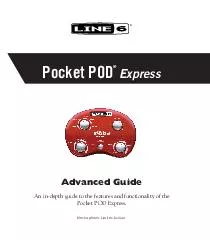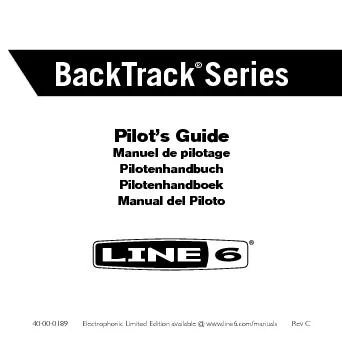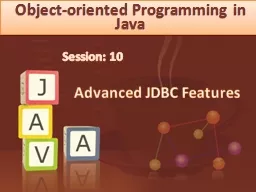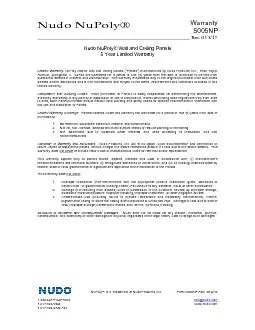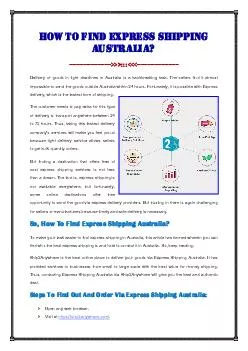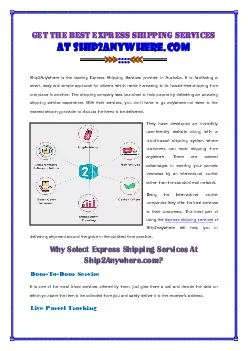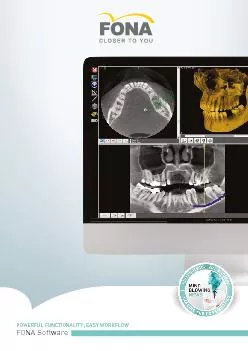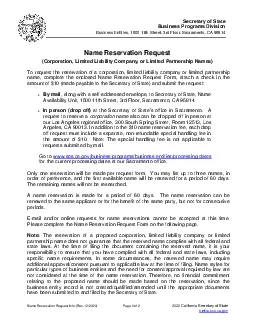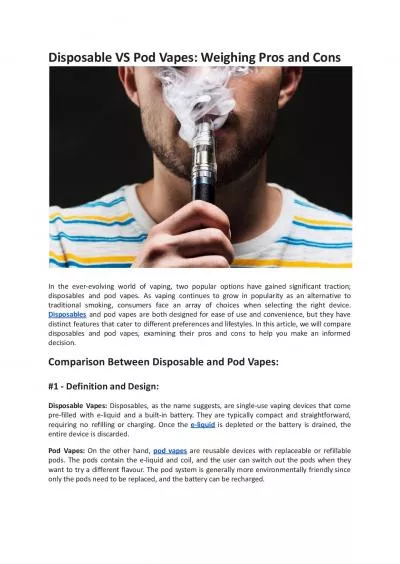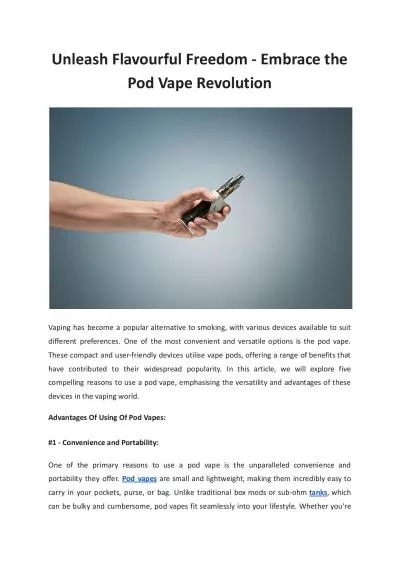PDF-Advanced Guide Pocket POD Express Electrophonic Limited Edition An indepth guide to the
Author : jane-oiler | Published Date : 2014-10-18
Pocket POD Express Advanced Guide 57513 2008 Line 6 Inc Please Note Line 6 POD and Pocket POD Express are trademarks of Line 6 Inc All other product names trademarks
Presentation Embed Code
Download Presentation
Download Presentation The PPT/PDF document "Advanced Guide Pocket POD Express Elect..." is the property of its rightful owner. Permission is granted to download and print the materials on this website for personal, non-commercial use only, and to display it on your personal computer provided you do not modify the materials and that you retain all copyright notices contained in the materials. By downloading content from our website, you accept the terms of this agreement.
Advanced Guide Pocket POD Express Electrophonic Limited Edition An indepth guide to the: Transcript
Download Rules Of Document
"Advanced Guide Pocket POD Express Electrophonic Limited Edition An indepth guide to the"The content belongs to its owner. You may download and print it for personal use, without modification, and keep all copyright notices. By downloading, you agree to these terms.
Related Documents

